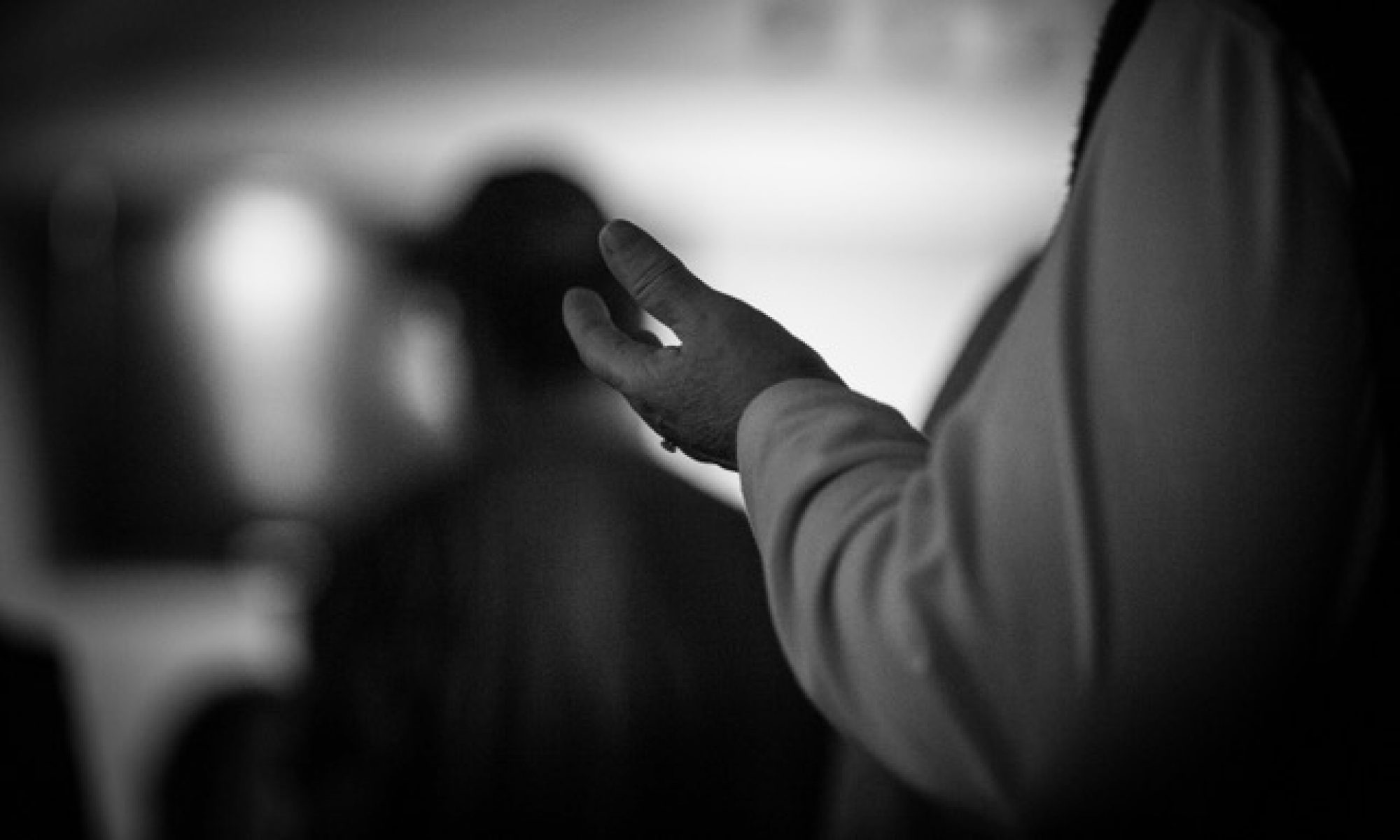Question: What is the “Garment of Praise?” Is this part of the armor of God (Ephesians 6:11, 14-17)? Isaiah 61:3 “To console those who mourn in Zion, to give them beauty for ashes, the oil of joy for mourning, the garment of praise for the spirit of heaviness; that they may be called trees of righteousness, the planting of the Lord, that He may be glorified.” (KJV)
Let’s look at Isaiah 61 in the NIV: Isaiah 61:1-3, “The Spirit of the Sovereign LORD is on me, because the LORD has anointed me to proclaim good news to the poor. He has sent me to bind up the brokenhearted, to proclaim freedom for the captives and release from darkness for the prisoners, to proclaim the year of the LORD’s favor and the day of vengeance of our God, to comfort all who mourn, and provide for those who grieve in Zion— to bestow on them a crown of beauty instead of ashes, the oil of joy instead of mourning, and a garment of praise instead of a spirit of despair. They will be called oaks of righteousness, a planting of the LORD for the display of his splendor.”
This is a proclamation from the Messiah. These scriptures in Isaiah are books of prophecy of what Jesus would come and do. We see in the gospels of the New Testament that Jesus actually reads these very scriptures. Luke 4:16-17, “He went to Nazareth, where he had been brought up, and on the Sabbath day he went into the synagogue, as was his custom. He stood up to read, and the scroll of the prophet Isaiah was handed to him. Unrolling it, he found the place where it is written…” In the context of synagogue services, which Jesus was very accustomed to, growing up Jewish, after the reading from the Torah, a related passage from the Prophets would be read. In Luke 4:16-21, when Jesus stood up to read, the scroll of the prophet Isaiah was handed to Him. He read from Isaiah 61, a passage that speaks of the anointed one bringing good news and liberation. But look at what transpired after the reading. Luke 4:20-21, “Then he rolled up the scroll, gave it back to the attendant and sat down. The eyes of everyone in the synagogue were fastened on him. He began by saying to them, “Today this scripture is fulfilled in your hearing.”
There is so much to unpack here and the concept of the garment of praise, though it holds some significance at heart, is a very small piece of what’s actually transpiring here. This day marks the first time Jesus openly proclaimed Himself as Messiah to His own hometown. The people recognized His power and were amazed knowing full-well where Jesus had come from, “the son of Joseph”. That amazement quickly turned to anger as Jesus boldly spoke about who He was and what He came to do and the people wanted to cast him out!
Several key events led up to this moment such as Jesus’ Baptism when the Holy Spirit descended upon Him affirming His identity and mission. Following His baptism, Jesus was led by the Spirit into the wilderness, where He fasted for forty days and was tempted by the devil but did not succumb. After returning from the wilderness, Jesus began His public ministry in the region of Galilee, teaching in the synagogues, and a reputation as a powerful teacher spread through the people. All these things culminate with a climactic moment that reveals His mission to His hometown audience.
What transpired that day in the synagogue is an example of Jesus taking His job description, what He was sent to earth to do, declaring it openly and then going on to do that work. Jesus declares that the Spirit of the Lord is upon him, and he is sent to bring good news to the poor, heal the brokenhearted, proclaim liberty to the captives, and comfort those who mourn. He goes on to heal, cast demons out of people and to call to action His first disciples. Let’s consider the true significance of this passage of scripture. Wow!
I found it useful to discuss this significance before answering the question of the garment of praise, so stay tuned. Next week’s Faith Fix will continue for part 2.
Be Blessed,
Pastor Renée

